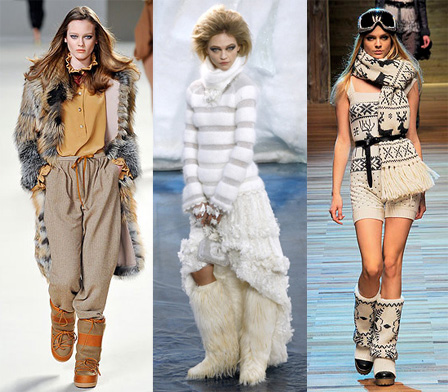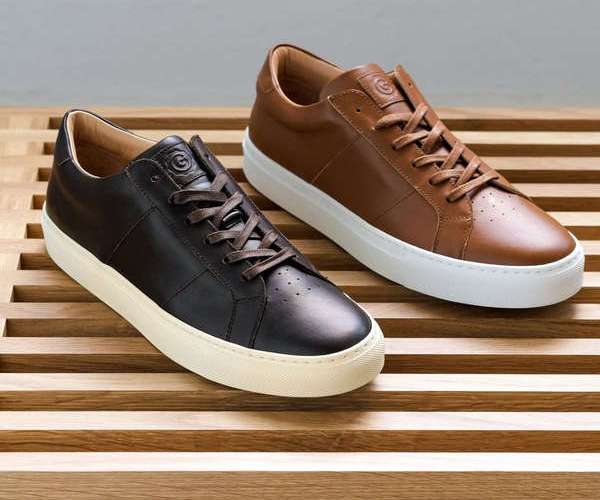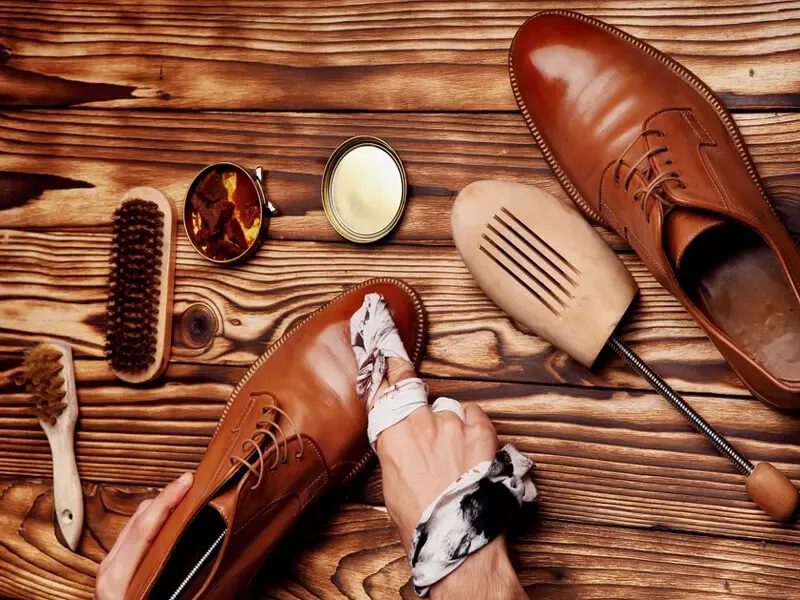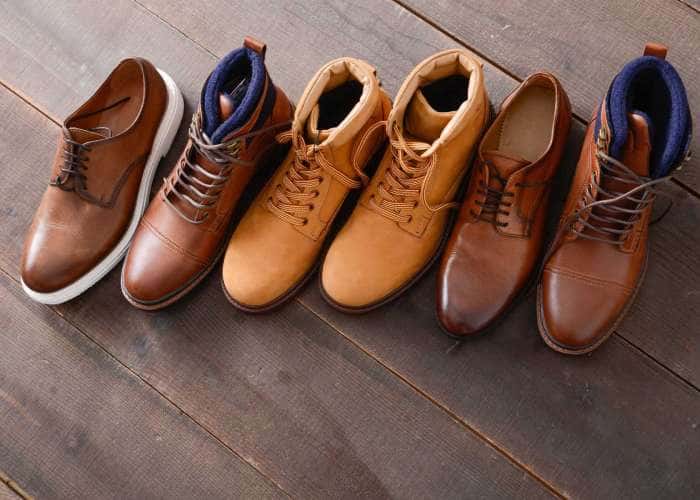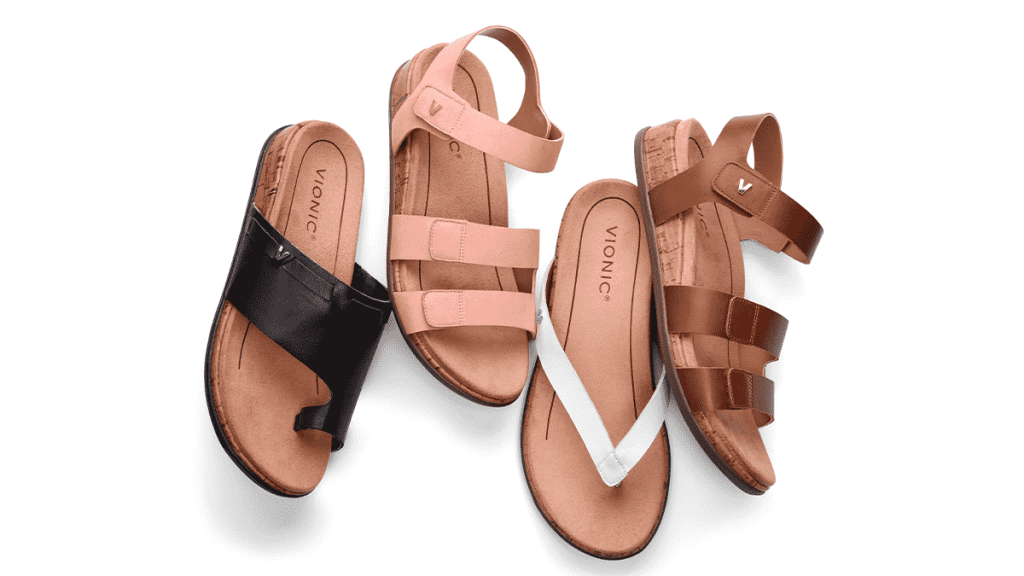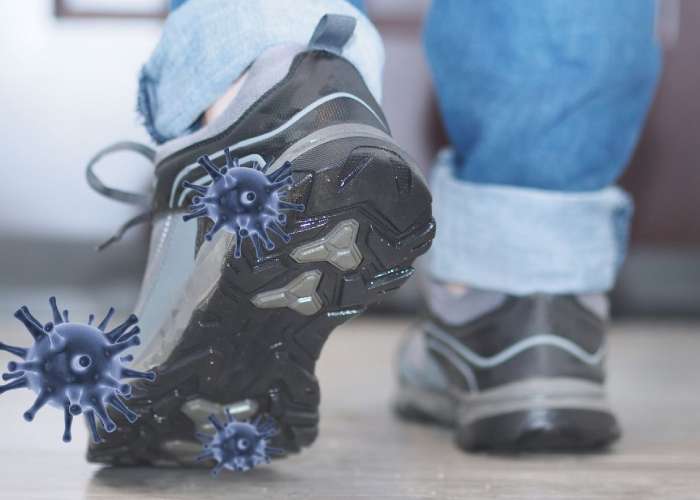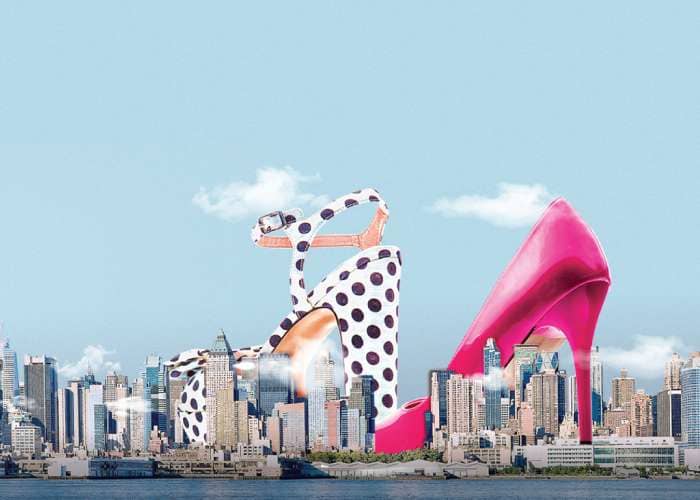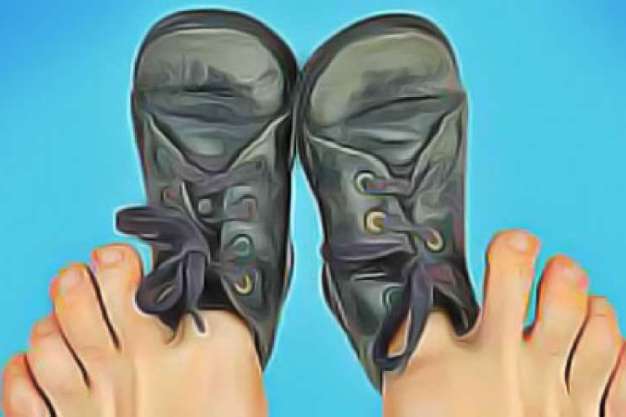In this article from shahpar we talk about fashion boots with different designs.
Fashion boots generally employ the same range of soles and heels as are found in shoes. The defining character of the boot is the length of the shaft. Ankle boots generally have a shaft height of less than 8 inches (20 cm), calf-length boots 8–15 inches (20–38 cm), knee-length boots 15–19 inches (38–48 cm), while over-the knee boots have shaft lengths of 19 inches (38 cm) or more; however these divisions are arbitrary and at the boundaries the decision as to whether a boot is, for example, calf-length or knee-length is largely subjective.
The shaft of a fashion boot can be fitted (i.e. following the curve of the wearer’s calf), straight-legged, or loose-fitting (or “slouchy”). In close-fitting boots, flexibility is achieved by the use of gussets; slits in the material either at the top of the shaft (in knee-length boots), or wider panels at the sides of the shaft (in ankle boots), which are backed with elasticized fabric. Compression folds around the ankle allow for movement of the foot. In over-the-knee boots, flexion of the knee is usually attained by a vent at the back of the boot, running from the top of the shaft to the back of the knee. This may be closed with laces, elasticized, or left open. Where a vent is not used, freedom of movement is achieved either by having the top of the shaft flare outwards above the knee, or making all or part of the shaft out of a stretchable material.
A variety of fasteners are seen in fashion boots. Laces are commonly used in ankle boots, but are too time-consuming for longer styles. Zip fasteners are widely employed in all styles of boot – they may run the entire length of the shaft, or just the ankle and lower calf – these partial-length zips make it easier to insert the foot into the toe of the boot by relaxing the fit around the ankle. Pull-on boots have no fasteners and tend to have a looser fit than zip or lace-up boots; they sometimes have a loop of leather at the top of the shaft, called a boot-strap, to assist with pulling the boot on. Finally, button-fastened boots were common at the beginning of the last century but are rarely seen today. If present, buttons are usually employed as design accents on boots; other decorative features include straps, buckles, studs, and decorative stitching.
Ankle boot
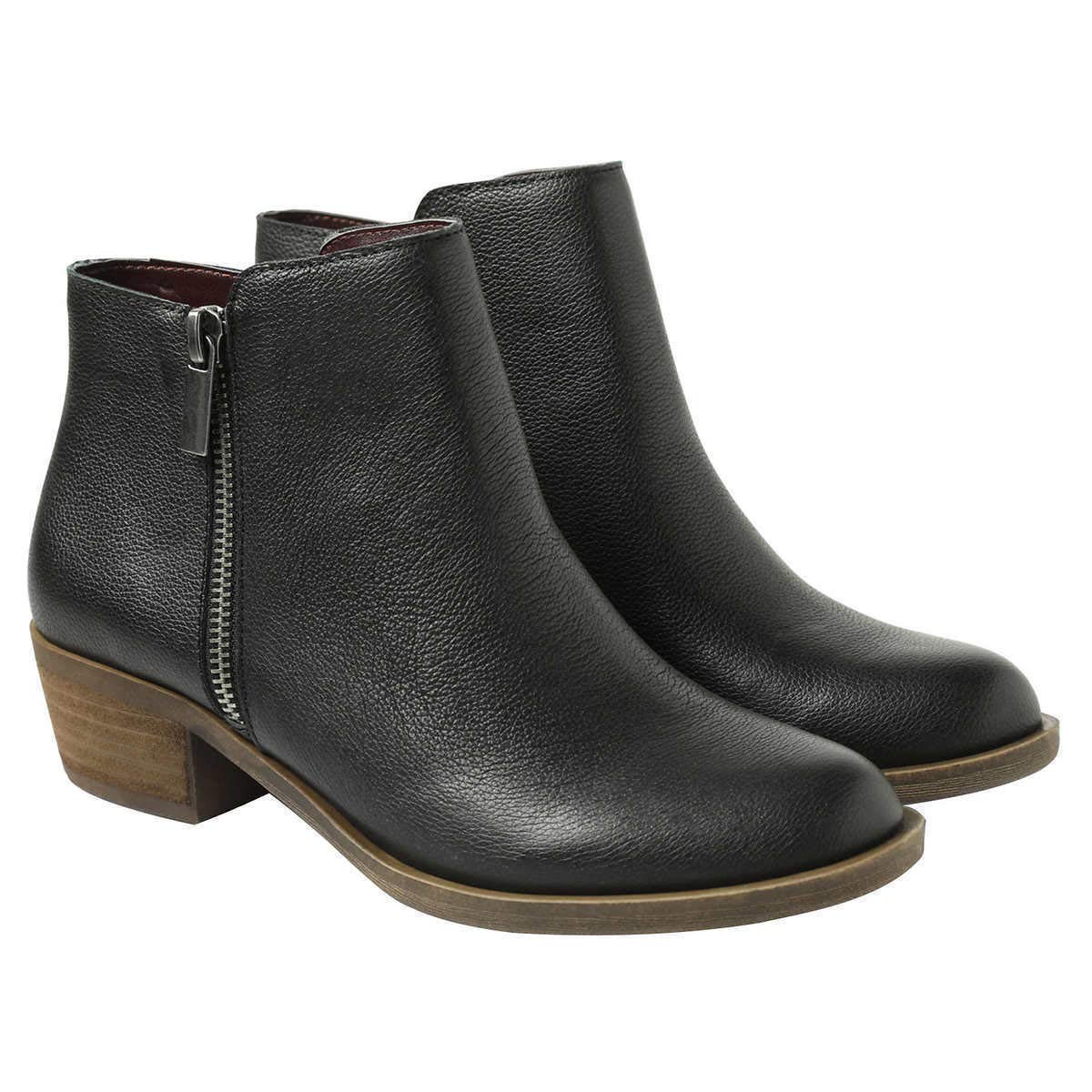
These are the most widely worn style of fashion boots, usually under pants. Ankle boots are also the only type of fashion boot commonly worn by both men and women, and the only one to have remained popular without a break since the 19th Century. They vary in length from booties or shoe boots (effectively a shoe that skims the ankle) to boots that cover the lower part of the calf.
Calf-length boot designed
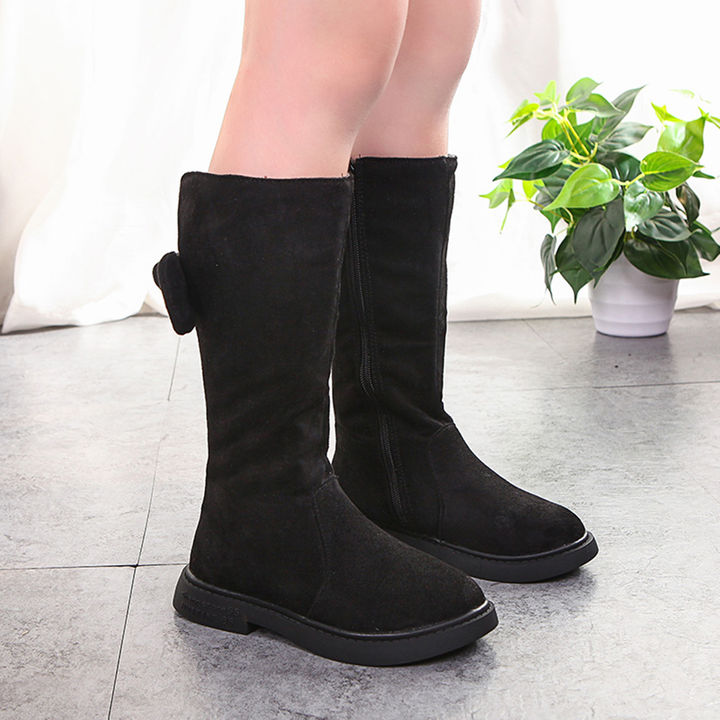
Because the top of this boot hits the curve of the leg at the widest point of the calf it is regarded by stylists as particularly challenging to wear; even average legs can look fat. For this reason, calf-length boots are usually worn under pants or with long skirts that cover the top of the boot.
Knee-length boot designed
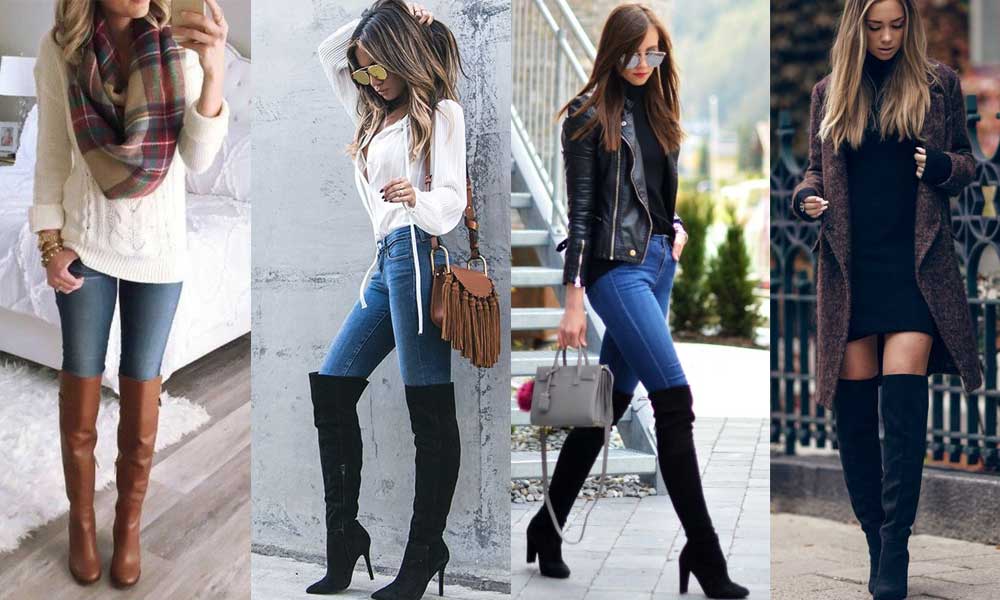
These come in a wide variety of colors and materials (e.g. leather, suede, fabric) and can be worn with skirts or dresses of any length, under or over pants, or with leggings. A boot that hits the leg just below the knee is thought to be particularly stylish.
Over-the-knee boot designed
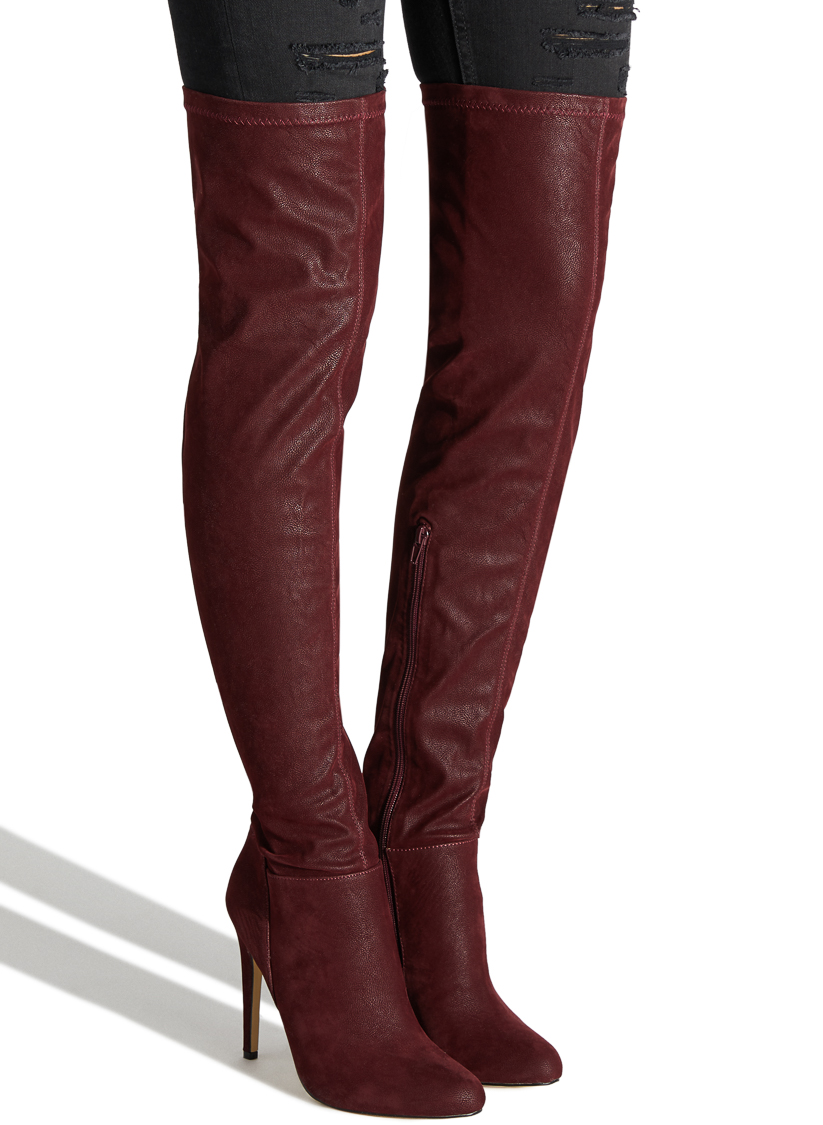
Also known as thighboots or cuissardes, these boots were originally worn by men in the 16th – 18th Centuries to protect the legs while riding before being adapted as a fashion item for women in the 1960s. In this context they have sometimes been considered provocative or daring because of past association with fetishism and the sex industry and so have had patchy mainstream acceptance. Even when popular, a combination of one or more features such as lower heels, softer materials (e.g. suede), muted colors, and avoidance of skin exposure (by wearing over pants, leggings, or opaque hose) is usually employed to avoid the so-called “Vivian” effect (a reference to Julia Roberts’ character in the 1990 movie Pretty Woman).
